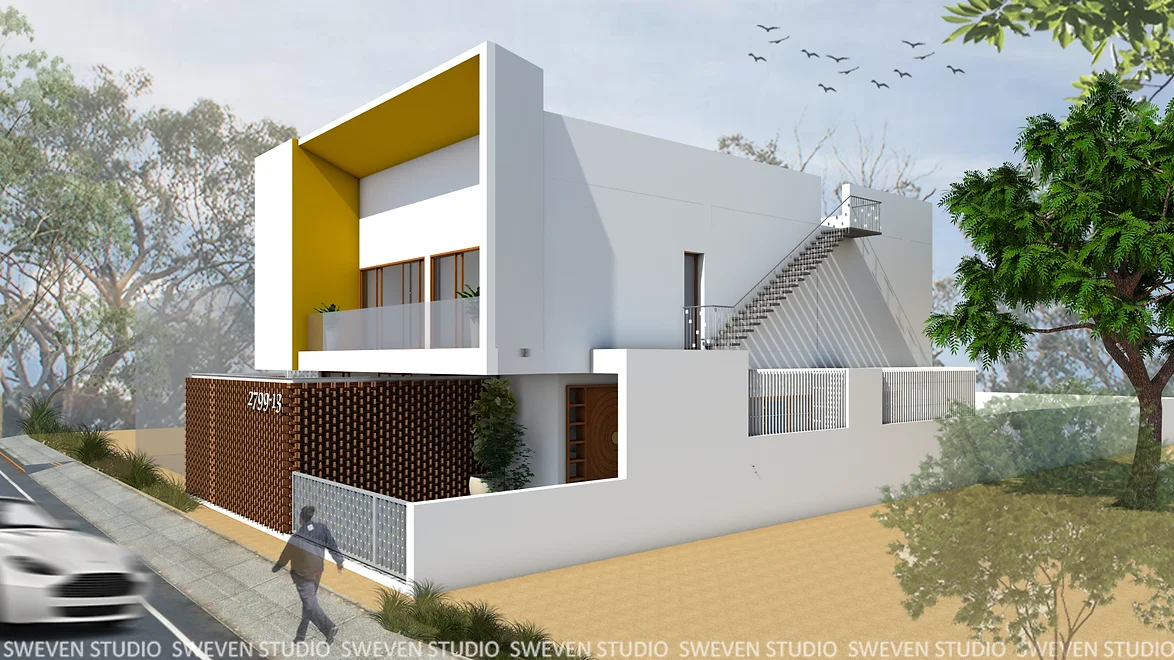Office
New Bel Road
Bangalore , Karnataka
India (560054)

Contact : +91 9632587562
An architect is a professional who designs buildings and other structures, ensuring they are both functional and aesthetically pleasing. This role requires a unique blend of creativity and technical knowledge, allowing architects to transform abstract ideas into tangible realities. Their work involves a deep understanding of construction materials, engineering principles, and environmental considerations, which are crucial in creating sustainable and safe buildings.
Architects often begin their projects by meeting with clients to understand their needs, preferences, and budget. This initial consultation is critical as it sets the direction for the entire project. Once they have a clear understanding of the client's vision, architects move on to the design phase. This involves creating detailed plans and blueprints, often using advanced software tools like CAD (Computer-Aided Design) to produce precise and modifiable designs. These plans must comply with local building codes and regulations, which requires architects to stay updated on the latest laws and standards in their field.
Collaboration is a key aspect of an architect's job. They frequently work with other professionals, including engineers, contractors, and interior designers, to ensure that their designs are feasible and executed correctly. For instance, structural engineers provide insights into the stability and strength of a building, while contractors manage the day-to-day construction activities. This teamwork is essential for addressing any issues that arise during the construction process and for ensuring that the project is completed on time and within budget.
In addition to new construction, architects also work on renovation and restoration projects. These projects require a different set of skills, as architects must work within the constraints of existing structures. They often have to be creative in finding solutions that preserve the historical or cultural significance of a building while updating it to meet modern standards and needs. This aspect of architecture highlights the profession's role in cultural preservation and adaptation.
Sustainability is increasingly becoming a focus in architecture. Modern architects are expected to incorporate green building practices and materials to reduce the environmental impact of their designs. This includes using energy-efficient systems, sustainable materials, and incorporating features like green roofs and rainwater harvesting systems. Sustainable architecture not only benefits the environment but also creates healthier living spaces for occupants.
The educational path to becoming an architect typically involves completing a professional degree in architecture, which can take five to seven years. This education combines theoretical coursework with practical experience, often including internships where students can gain hands-on experience. After obtaining their degree, aspiring architects must also pass a series of exams to become licensed professionals. Continuing education is important in this field, as architects must stay abreast of new technologies, materials, and regulatory changes.
Architects also play a significant role in urban planning and development. Their expertise is crucial in designing public spaces, transportation systems, and community layouts that promote livability and sustainability. By considering factors like population growth, traffic patterns, and environmental impact, architects help shape the future of cities and towns, making them more efficient and enjoyable places to live.
The impact of an architect's work extends beyond the physical structures they create. Buildings shape the way people interact with their environment and with each other. Well-designed spaces can improve productivity, enhance learning, support healing, and foster a sense of community. As such, architects have a profound responsibility to consider the social implications of their designs.
In summary, the role of an architect is multifaceted, requiring a balance of creativity, technical skill, and practical knowledge. Architects not only design buildings but also shape the environments in which we live, work, and play. Their work has lasting impacts on our communities and our planet, making architecture a profession of great significance and responsibility.